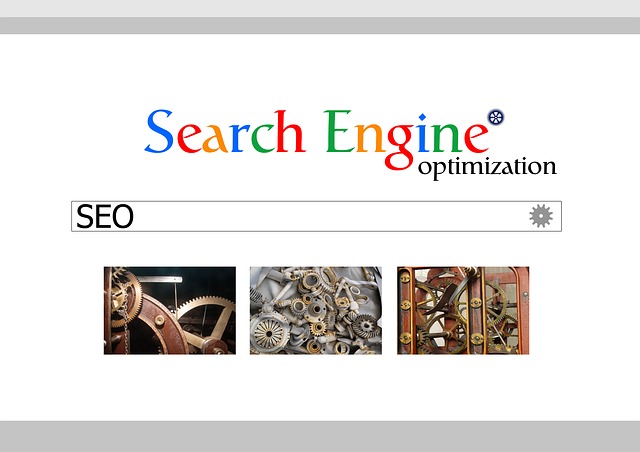Blog
How to Maximize Reach Using the Knowledge Graph of Google?

Since 2012, we have grown to love as well as be afraid of the Google Knowledge Graph. A system of sophisticatedly indexed and carefully displayed result for common search queries, we love it since it provides fast answers to simple queries. We are afraid of it as it can undermine all the benefits of SEO. It’s in Google’s best interest to keep users on search results. The ability to produce relevant results and attention to user requirement and desires creates a difference between Google and other search engines.
Google redesigns the world of search with the Knowledge Graph technology; with the aid of it, Google not just understands the users but attempts to anticipate their uses as well. The Knowledge Graph has made discoverability easier.
What is the Knowledge Graph?
The Knowledge Graph is described as an artificial intelligence system. Like other systems of Google, it is made to evolve and get better with time. When it was introduced, it appeared like a small box at the side of the main results.
It has substantially changed since then and is now more formidable, intuitive and useful. Google is setting the course for a bigger and better version of the information system and this can prove a viable threat to SEO.
How the Knowledge Graph Casts an Impact on SEO?
Knowledge Graph appears to be a user-friendly feature for the users; it helps people find information easily. The Knowledge Graph allows the users to get all the necessary details without opening the website. In this case, they will never be exposed to the call to action buttons and thus the opportunity to convert a user into a buyer will come down substantially.
On the Knowledge Graph panel, the competitors are also shown. Will you be happy if your competitors are shown on the same page and some of your targeted customers prefer their page to yours? The website in question will suffer a reduction in clicks. This may affect the overall ranking of the website.
Do you need to change your approach to SEO now? How will a website address this issue while remaining competitive? You can observe the oldest trick. Create content for humans rather than the search engines.
How can You Optimize the Knowledge Graph?
A combination of Organization markup structured data of Schema.org and maintaining official Google+ profile can optimize brand’s Knowledge Graph.
- Logo
There are two ways to optimize logo. Specify the image that you want to show in the Knowledge Graph. Influence where the links take the searchers as soon as they click on it on the Knowledge Graph.
Identify the official logo making use of Schema.org’s Organization markup in the homepage of the official website. You can ask your developer to check out on the official logo guidelines.
- Company Contact Numbers
At times, the consumers need to know the important contact numbers. Placing contact details in the Schema.org Organization markup permits showing the phone numbers easily without frustrating the customers. You can specify a number of contact numbers. Your panel will be longer with more numbers.
- Social Profile Links
Google supports 7 different social profiles in the profiles section though it displays only 5 of them. Mention 5 profiles you put most effort in apart from Google+. Google will infer same information from social sites you link to in the footer and the header.
The best way to ascertain that Google is aware of the social profiles belonging to your brand and is included in the search results is by declaring them using structured data.
- Google+ Recent Posts
After using structured data for establishing the official Google+ account, the posts that you submit on Google+ will be shown in the Knowledge Graph of your brand. You need to show them as it exposes the latest social posts to everyone searching for your brand rather than only people using Google+ on that day. It also allows the searchers to follow you from the Knowledge Graph itself.
The SERP layout changes in the course of last few years aren’t just a vanity, but a step to provide better answers or results through more comprehensive and relevant data. Instead of remaining stuck with the basic text links and a few site links, now you have an option to catch the eye of searchers, influencing how and where they interact. View Knowledge Graph not as a threat but an opportunity.

Adam Frankel
Adam Frankel is President and CEO of Frankel Interactive, a leading South Florida digital agency specializing in custom websites development, ecommerce development and digital marketing. For over 15 years he's been working with businesses and government agencies to bring their organizations online in order to build brand awareness, communicate with stakeholders, generate leads and drive sales. His belief is that all businesses need to keep up with technological trends including the continual transition from desktop to mobile, search engine algorithms changes, and social media engagement. His goal is to help them implement strategies to successfully compete in an ever crowding digital marketplace. When he isn't touting the benefits of web-based marketing, he enjoys fishing and spending time on the waters surrounding Miami with family and friends.
